Quote: “The name Santa Claus evolved from Nick’s Dutch nickname, Sinter Klaas, a shortened form of Sint Nikolaas (Dutch for Saint Nicholas).
In 1804, John Pintard, a member of the New York Historical Society, distributed woodcuts of St. Nicholas at the society’s annual meeting.
But who is Sinterklaas, the elder gentleman dressed as a bishop who brings Dutch children gifts in early December? And why did his helper change between Germany and the Netherlands or was removed all t and lookogether from the transition to Santa Claus?
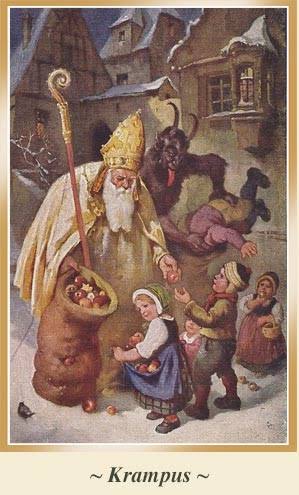
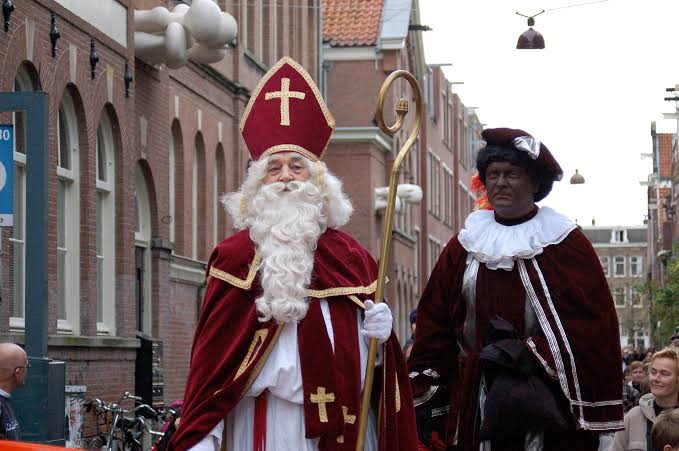
According to the existing story
Is he based on St. Nicholas of Myra, who, according to Christian tradition, was a bishop in that small Roman town during the 4th century. Nicholas’s reputation for generosity and kindness gave rise to legends of miracles he performed for the poor and unhappy. “ Source: https://www.britannica.com/story/was-santa-claus-a-real-person#:~:text=He%20is%20based%20on%20St,for%20the%20poor%20and%20unhappy.
The author suspects a different, far older origin in lands far away from the European countries all the way back to the Epic of Gilgamesh and related to the constellation or figure the Catholic church ultimately called god.
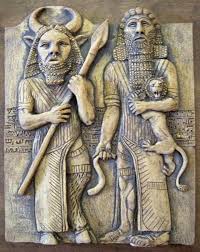

Hi there, I appreciate you reading my blog! 👀
The information presented here is free to read, with no ads. If you like this content, please consider supporting my writing by clicking on the link to become a member at Patreon Instead of a monthly recurring Patreon membership, you can also make a once off donation via Paypal or subscribe to my Youtube channel or follow me on X. 👇🏻
Thanks for your support!
Sinter Klaas is depicted differently in the Netherlands and in Germany. In the Netherlands he has a black helper, called black pete, whilst in Germany his helper or contrasting figure is a devil like, goat footed figure.
Because of this the Netherlands has received a lot of flak for it being a racist representation to have a “black helper” to a white man. The author agrees with this sentiment, even though opponents say that its an “innocent childrens feast”. This fued is easily “fixed” by changing the “black pete” to the german used Krampus figure as the rest of the feast is all the same. As we will see in this article the author suspected an origin in the Epic of Gilgamesh. The devil like figure was Enkidu or the constellation Aquarius as noted in the authors Gilgamesh article on this blog.
The essence of the story, according to most today, is to teach children the difference between good and evil . If they do good they get presents, if bad they get “taken in a bag to Spain” , this part hinting at the moorish conquest and said to to why the devil like figure of Krampus changed into a Moor.




Images above: The differences between the Dutch and the German culture lie in the figure that helps the saint/is paired with the saint. In Germany it is a clear “devil” or half goat man, Krampus, whilst in the Netherlands it’s a negroid man/Moor.
The story is the same although the figurs differ. He who does good gets presents and he who does bad gets taken by “black pete or Krampus.”
The author thinks the origins of the story can be found in astronomy and to be more precise, the story might be based on the Epic of Gilgamesh with his friend Enkidu and astronomical in nature.
In origins, before the catholic saint and devil figure or negroid/Moor man, its a duality depicted in a childrens tale with a moral undertone of if you do good in life you will receive gifts and if you do bad you will encounter hardships. However in modern times this depiction of a black helper has raised unethical racial underpinnings in the Netherlands.
In ancient times, Enkidu and Gilgamesh were friends, not later as in adversaries in the saint/devil iconography. Even in the Sinterklaas story they are working together. And in the Gilgamesh story the distinction is not good evil but saint Vs primitive/beastly instincts, which makes matters worse, not better but 200 years ago, correct for the time seen the undeniable differences in civilizations of Africa and Europe.
In the epic of Gilgamesh, Enkidu was “the savage” “the wild man” Vs Gilgamesh the civilized man. Making him black negroid/Moor underlines the racist sentiment of the time in it’s creation around the early 19th century. In the article about Gilgamesh the author goes in deeper on the original meaning of this dualism of civilised vs uncivilised, which was seen as white Vs black but ultimately and most likely meant decay of civilization as a whole over time regardless of skin colour.

Image: Gilgamesh and Enkidu
In that article is shows Gilgamesh was Bootes and Enkidu Aquarius. It also showed it was Enlil/Enki then Zeus/Poseidon and later Poseidon was ditched to only be Jaweh, just how Krampus/black Pete was ditched from St. Niklas to become Santa. What stayed was god, in essence, the central man, the man that gives you presents.
Santa is derived from Sinterklaas or Saint Nicholas, Santa has its own distinct symbolism. Saint Nicholas comes usually with a boat from Spain, whilst santa has a sleigh pulled by reindeers of which one specifically has a red nose.
He also wears a distinct uniform not identical to Saint Nicholas who has a clergic outfit. So where does this particular symbolism come from? There are parallels with Father Frost Ded moroz.

Image: Santa in his sleigh
However the Author thinks the symbolism is also here astronomical in nature. Lets start with:
“Santa lives on the north pole” What do we find there in the sky? The big dipper.


Image: Since ancient times the big dipper was asociated with a chariot.
The author suggests this is “santas Sleigh”. This makes perfect sense as Bootes was related as the plowdriver, which was the plow was the big dipper. But if this is the case, where are the reindeer ‘pulling it across the sky’ and especialy the one with the red nose?
Well We have to look at the rest of the zodiac. But the western zodiac does not have a deer. The Babylonian one did, next to the eastern fish which was Artemis (Anunitum) deer.
For the red nose one, we have to look at the indian lunar mansions, where the constellation of Orion is in fact the Mrigrashirsa, or lunar mansion, the deer. And the red nose? There is only one star that is perceived red in the ancient world. That is Aldebaran. Thus the origin of Rudolf’s “red nose”.
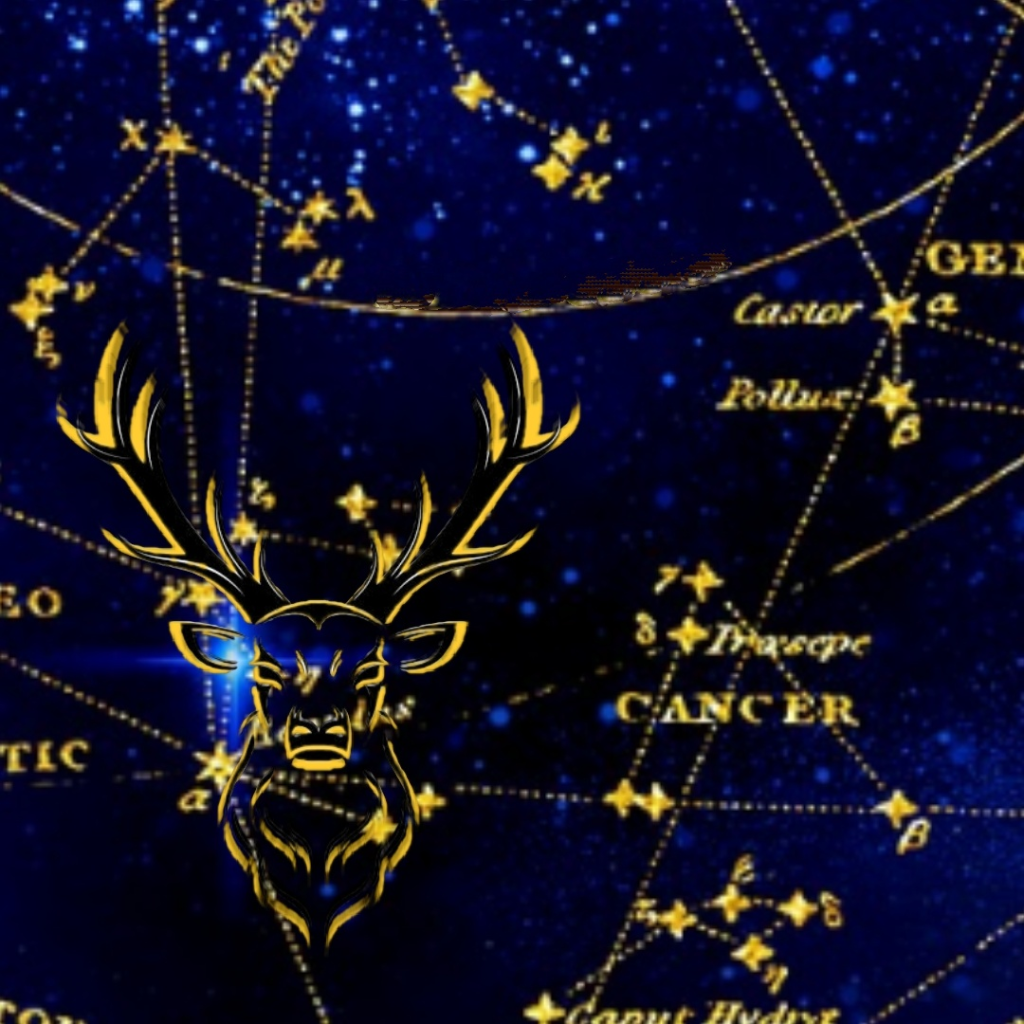

Image: The lunar mansion orion as the deer and the red nose of the deer in the form of Aldebaran, the red star
Placing Santa at the pole, the old man at the pole, is similar to “god” who is also perceived as an old man at the center of the sky on which everything revolves. It is he, who, “hands out the presents” to people in their lives. Thus a personified old man who is a beneficiary to man during its life. As the sky turns it pulls Santas sleigh through the year.
This is ultimately where Santa came from. The figure choose for him was since ancient times Gilgamesh, Enlil, Zeus, Jaweh. As in life presents or good fortune was said to come from god. His devil like primitive helper , who heralded the underworld part of the zodiac, had no longer a place near it’s side and was eliminated just like Poseidon was removed in favour of Zeus who became Jaweh.
The Christmas tree 🎄 is a reference to the “tree of life”, the rotating sky and time itself, which it’s lights the stars and the top star the polestar. Like the Vatican pigna fountain with god in it’s center.
An evergreen tree as life/creation doesn’t die it just rejuvenates, even after a fire or nuclear disaster. it will just be another cycle of life.
The true lesson here is, is that good and evil co-exist in this world, without destruction no new creation. Evil and good are two sides of the same coin, it knows no colour or race and doesn’t discriminate against it, but hopefully mankind enters a better age but then only to decay again like a flower blooming.
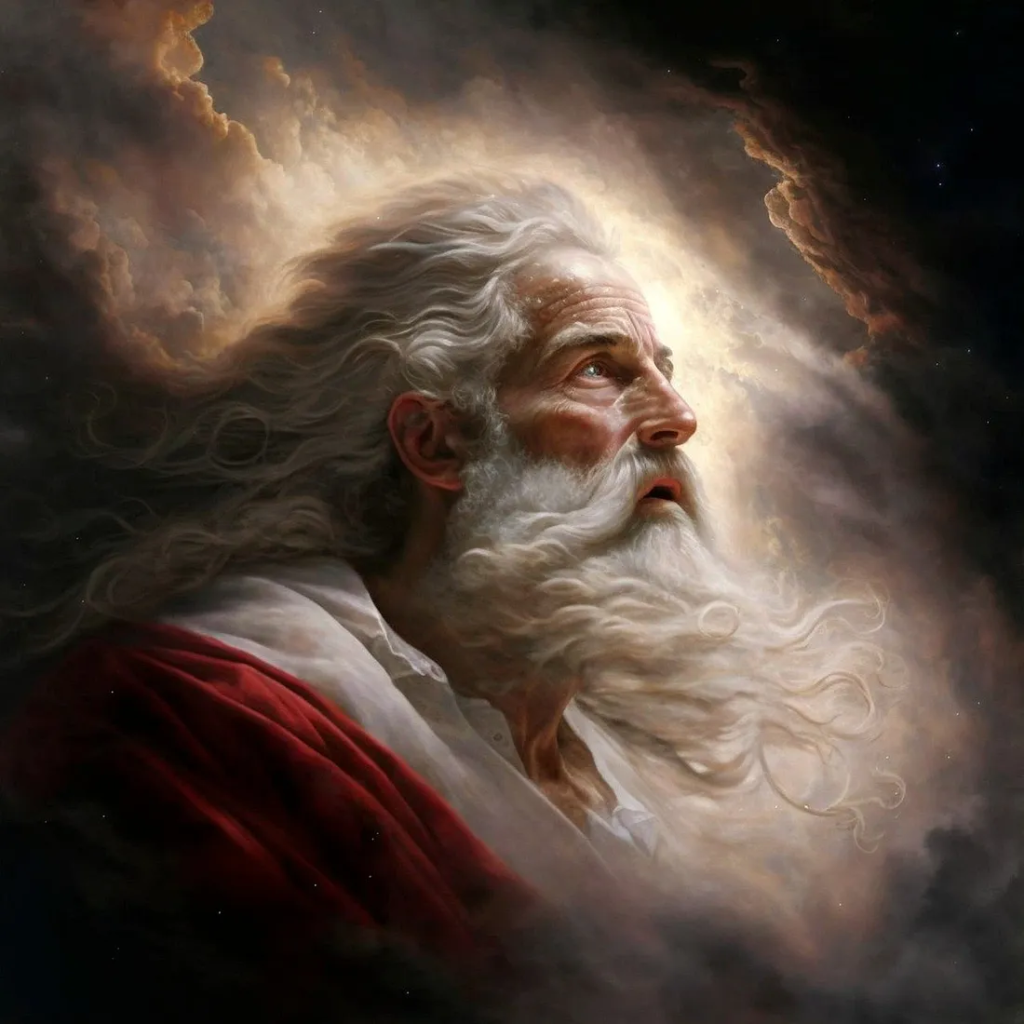
“The old man” at the north pole, who gives you presents….. A synomym for how “god” is portrayed in the western world.
If you liked this research article please consider supporting the author, by scrolling down for various options, on the main page or sharing a link to this blog post or blog www.isutrikanda.com on your social media so others can also read it. You can also follow me on X @stijnvdhoven Thank you!
www.isutrikanda.com – IsuTrikanda – Copyright © 1999 – 2024 – All Rights Reserved.




